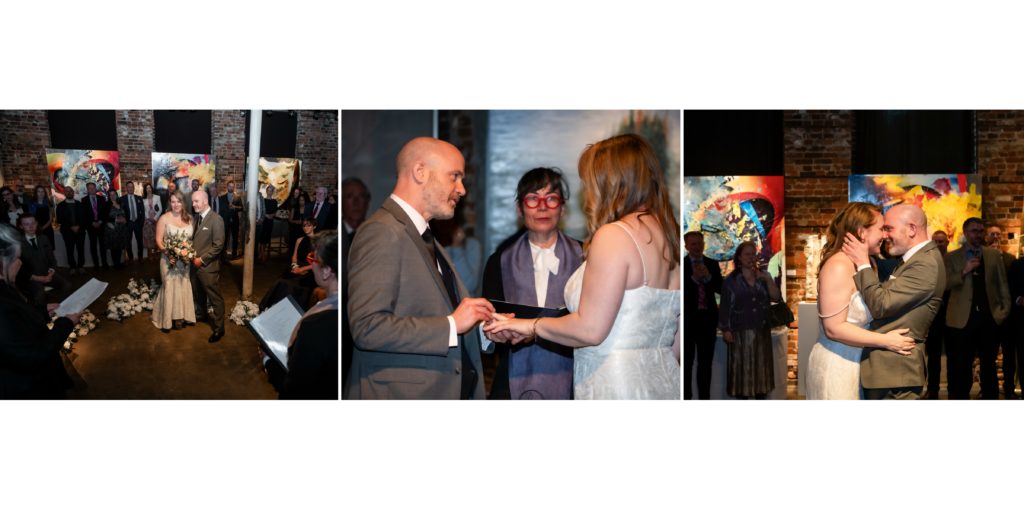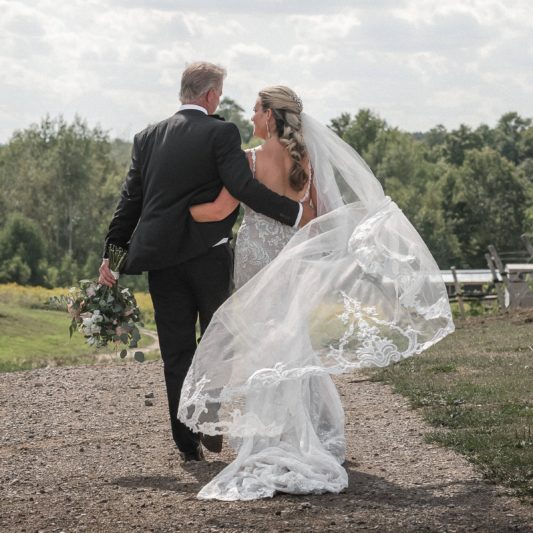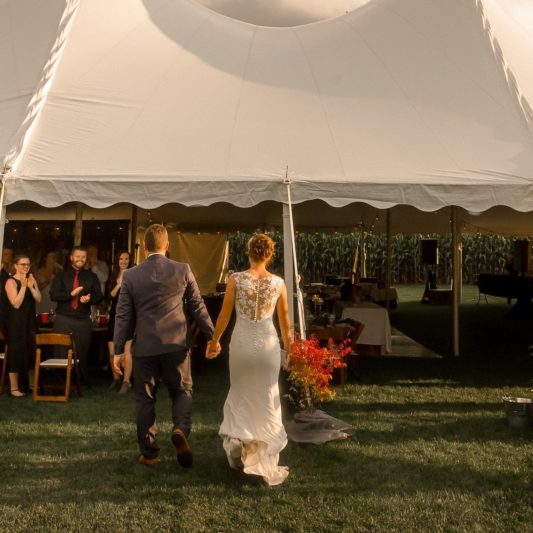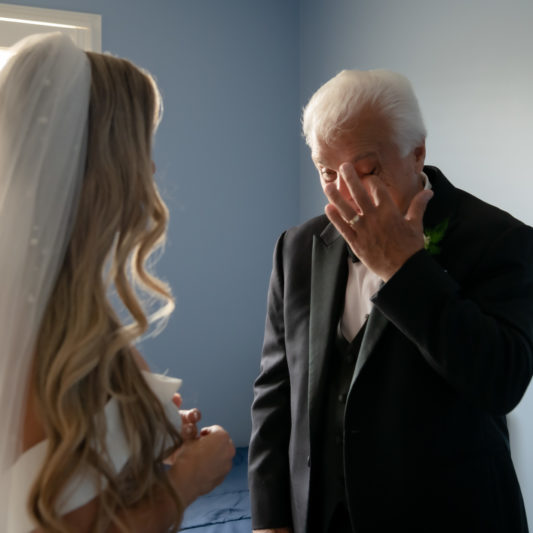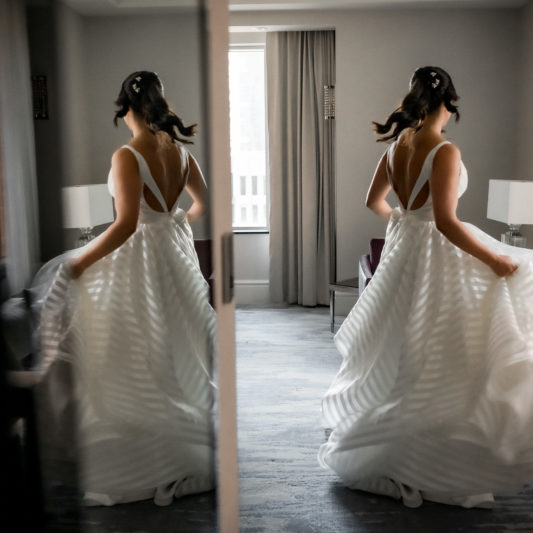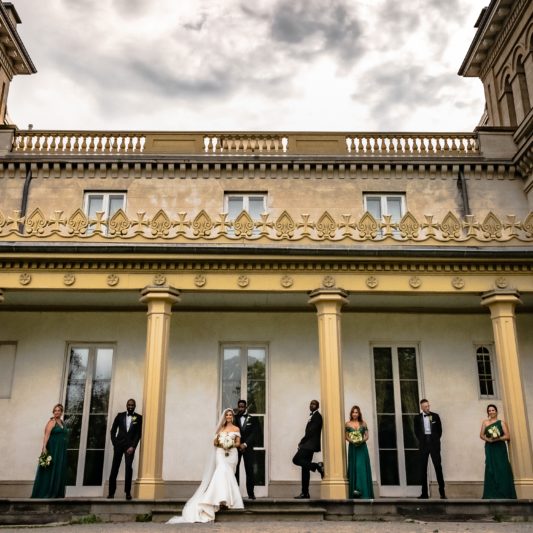Flash photography is particularly crucial in settings like the Thompson Landry Art Gallery in Toronto’s historic Distillery District, where art and ambiance play a pivotal role in the event’s aesthetic.
A post shared by Toronto & Collingwood Wedding & Event Photographer (@frances_morency_photography)
As the seasons turn and the vibrant hues of fall give way to the crisp chill of winter, wedding photographers face unique challenges and opportunities. The soft, natural light cherished by many photographers becomes scarce, and indoor venues become a popular choice for ceremonies and receptions. This shift requires a nuanced understanding of flash photography to capture the magic of these special days.
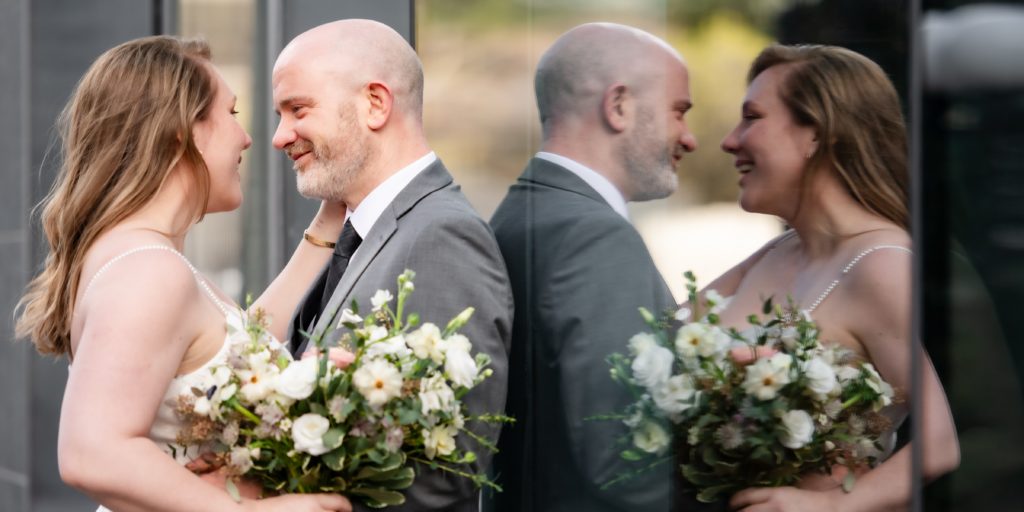
Understanding the Venue: Thompson Landry Art Gallery
Nestled in the heart of Toronto’s Distillery District, the Thompson Landry Art Gallery presents a distinctive blend of rustic industrial architecture and contemporary art. The venue’s unique character, combined with its indoor lighting constraints, makes it an excellent case study for discussing flash wedding photography. The gallery’s lighting, primarily designed to accentuate artworks, may not always favor the broad requirements of wedding photography. This calls for strategic use of both on-camera and off-camera flash techniques to illuminate subjects beautifully without overpowering the natural charm of the venue.
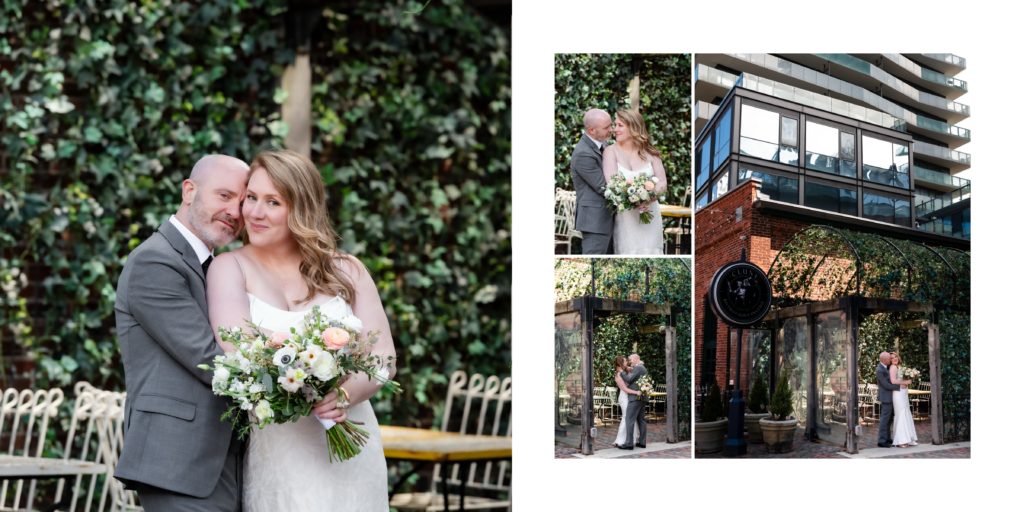
Flash Photography Techniques for Indoor and Low-Light Conditions
In venues like the Thompson Landry Art Gallery and during less forgiving seasons like fall and winter, mastering the flash is essential. Here are some key considerations and techniques:
Evaluate the Ambient Light: Before setting up any artificial lighting, take the time to understand the available light within the venue. Note the sources and intensity of light and how it interacts with different spaces. This initial assessment helps in making informed decisions about flash placement and settings.
Bounce the Flash: When using an on-camera flash, bouncing the flash off ceilings or walls can create a softer, more diffused light that flatters the subjects and the venue. This technique helps avoid the harsh shadows and stark contrasts that direct flash can often produce.
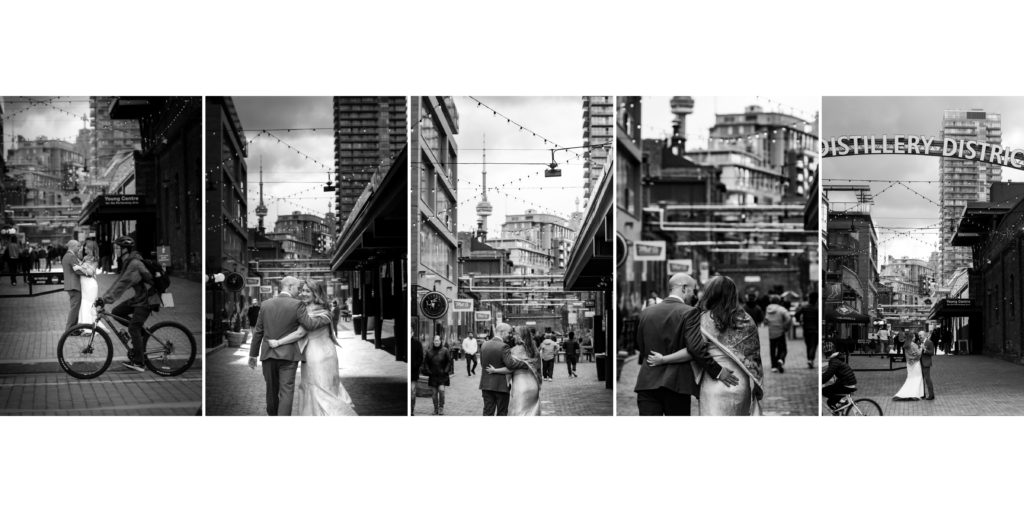
Using Off-Camera Flash:
Positioning: Place off-camera flashes strategically around the venue to enhance the ambient light rather than overpower it. Use them to highlight the drama of fall and winter, accentuating rich colors and textures which these seasons bring.
Modifiers: Equip your off-camera flashes with modifiers like softboxes or umbrellas to soften the light and make it more flattering. This is crucial in a venue like Thompson Landry Art Gallery, where harsh lighting can detract from the ambiance.
Wireless Triggers: Utilize wireless triggers to synchronize your off-camera flashes with your camera. This not only helps in managing the flashes efficiently but also ensures that the lighting is cohesive and well-timed, especially during key moments like the first kiss or the first dance.
Directional Lighting: Use the directionality of your flashes to sculpt the subjects’ features and create depth in your photographs. Side-lighting, for instance, can enhance textures and contours beautifully.
Balance with Ambient Light: Always aim for a balance between your flash output and the ambient light to maintain the atmosphere of the venue and the moment. Overpowered flash can flatten out the mood.
Diffusion and Color Matching: Use diffusers to soften the light from your flashes, and consider using gels to match the color temperature of the ambient light. This is particularly important in an art gallery setting, where the warmth or coolness of the lighting can significantly impact the appearance of the space and the skin tones of your subjects.
Test and Adjust: Given the dynamic nature of weddings, be prepared to continually adjust your settings based on changes in the venue lighting and the progression from day to night.

Conclusion
Photographing weddings in settings like the Thompson Landry Art Gallery during the fall and winter months demands an adaptive and thoughtful approach to flash photography. By mastering both on-camera and off-camera flash, photographers can overcome the challenges posed by low and unpredictable lighting, turning potential drawbacks into opportunities for creativity. This not only ensures beautifully lit photographs but also helps in capturing the unique atmosphere of the venue and the essence of the season, leaving couples with memories that shine through the ages.
